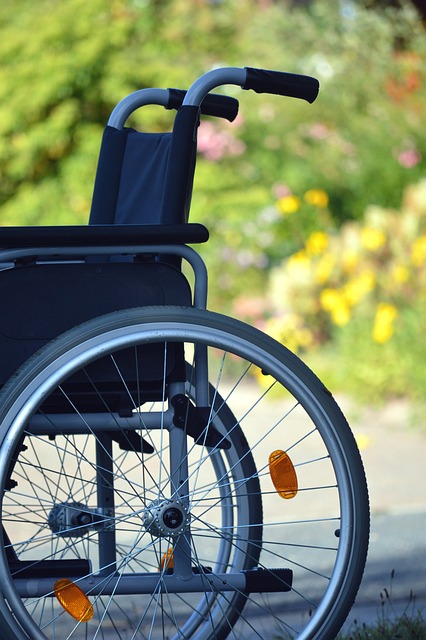Recovering after a spinal injury is a journey that requires resilience, patience, and a holistic approach to healing. Whether the injury is the result of a sudden accident or a chronic condition, navigating the challenges of rehabilitation and regaining mobility can be daunting. However, with a strong support system and knowledge of tips for recovery, individuals can overcome obstacles faced during the recovery journey.
Table of Contents
Understanding the Different Types of Spinal Injury
Understanding the different types of spinal injury is crucial for individuals navigating their recovery journey and healthcare professionals providing treatment and support. Spinal injuries can vary widely in severity and location, ranging from minor strains and sprains to more serious conditions such as fractures, herniated discs, or spinal cord injuries.
Fractures can occur in any part of the vertebrae and may result from trauma or underlying medical conditions like osteoporosis. Herniated discs occur when the soft inner material of a spinal disc protrudes through the tough outer layer, causing compression on nearby nerves. Spinal cord injuries, often the most severe, can lead to partial or complete loss of sensation and motor function below the level of the injury, impacting mobility and quality of life. Denver personal injury attorneys experienced in handling spinal injury cases recommend that understanding the differences between types of spinal injury is essential for developing effective treatment plans and managing expectations for recovery.
Supportive Devices and Equipment
Supportive devices and equipment play a crucial role in aiding recovery after a spinal injury by providing stability, mobility assistance, and comfort to individuals during their rehabilitation journey. These devices can range from simple braces and orthotics to more complex mobility aids, such as wheelchairs or walkers, depending on the severity and location of the injury.
Braces and orthotics are commonly used to immobilize the spine, promote proper alignment, and reduce strain on injured areas, helping to alleviate pain and facilitate healing. Mobility aids like wheelchairs or walkers provide individuals with the ability to move around safely while minimizing stress on the spine, allowing for increased independence and participation in daily activities. Specialized equipment, such as adjustable beds or lift chairs, can be used to enhance comfort and support during rest and recovery periods. Having properly selected and fitted supportive devices is essential to ensure optimal functionality in aiding the recovery process after a spinal injury.
Gradual Physical Activity
Gradual, low-impact physical activity is paramount for individuals recovering from a spinal injury as it promotes rehabilitation, strengthens muscles, and improves overall mobility without risking further harm. Engaging in carefully tailored exercises under the guidance of professional physical therapists or physicians can help prevent deconditioning of the body and maintain the range of motion in the affected areas.
By starting with low-impact activities and gradually increasing intensity and duration over time, individuals can safely rebuild strength and flexibility in the muscles supporting the spine while minimizing the risk of exacerbating their injury. Gradual physical activity can help foster independence and empower individuals to regain control over their bodies during the recovery process after experiencing a traumatic spinal injury.
Manage Pain and Discomfort
Pain management strategies after a spinal injury may include a combination of medications, physical therapy, and alternative therapies tailored to the individual’s specific needs and preferences. Medications such as anti-inflammatory drugs or muscle relaxants can help alleviate acute pain and reduce inflammation, while prescription pain relievers may be necessary for more severe discomfort.
Other techniques, such as hot/cold therapy, massage, and relaxation exercises, can provide relief from muscle tension and stiffness associated with spinal injuries. It’s crucial for spinal injury patients to work closely with their healthcare providers to develop a personalized pain management plan that addresses their unique circumstances. Open communication and regular monitoring of pain levels are key to ensuring that treatment approaches are effective and allowing for adjustments to be made as needed.
Prioritize Mental and Emotional Well-being
Coping with a spinal injury can evoke a range of emotions, including frustration, anxiety, sadness, and fear about the future. Addressing these emotions is crucial for maintaining resilience, motivation, and a positive outlook throughout the recovery journey. Engaging in activities that promote relaxation and stress reduction, such as mindful meditation, journaling, or talking to a certified therapist, can help individuals manage their emotional responses and develop coping strategies.
Moreover, connecting with supportive friends, family members, and peers who understand and empathize with their experiences can provide invaluable emotional support and encouragement. By prioritizing mental and emotional well-being, individuals can cultivate resilience and adaptability, which is essential for navigating the challenges of recovery and, ultimately, achieving a fulfilling life after a spinal injury.
Featured Image by Frauke Riether from Pixabay




